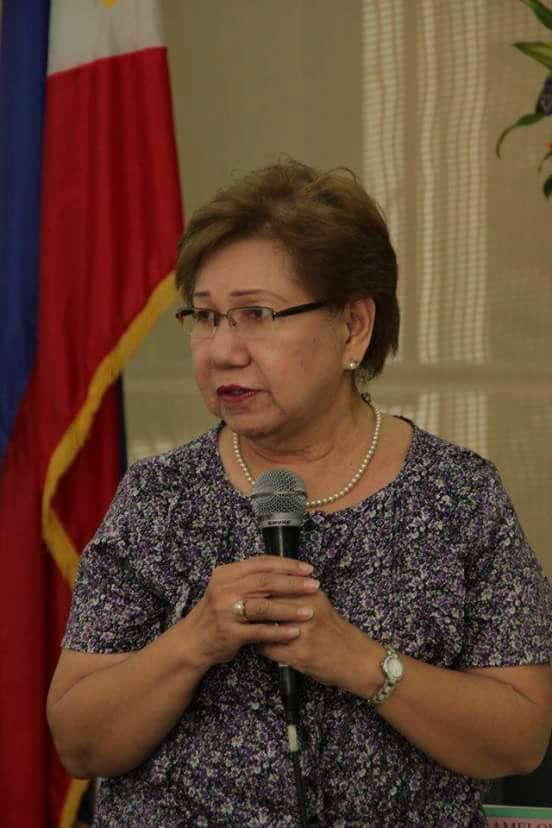(first published in the Philippine Daily Inquirer, Business Monday, February 1, 2016)
By Myrna R. Co
The activities of the entrepreneur have come to be associated with national development goals. In countries everywhere, entrepreneurs among the population are prized for their potential to create jobs, generate income, and help wage war against poverty and attain inclusive growth.
Around the 1960s, sociologists were probing into the origins of the entrepreneurial personality. They found entrepreneurs are not always born or raised in the family setting but can also be developed in the classroom.
Philippine campuses began to throb with entrepreneurial energy by the ‘70s. Business schools introduced entrepreneurship as credit courses or as field of specialization. Young entrepreneurs clubs proliferated. Students, individually or in groups, owned promising start-ups even before they graduated.
Since 2005, the Commission on Higher Education (CHED) has issued a series of policies and standards to guide universities and colleges in developing and running entrepreneurship courses. Implicitly, the guidelines sought to raise the quality of entrepreneurship education to maximize its potentials for turning out graduates who will help the country attain self-reliance.
Among the most important determinants of quality education is the quality of the teaching manpower and teaching methods used.
The role of enterprising teachers
Enterprising values, attitudes, and skills are best taught by enterprising teachers using enterprising learning methods.
Teachers must be able to provide enterprising role models for students. According to Prof. Alan Gibb of Durham University Business School, students must appreciate they are learning from mentors “who know what they are talking about and who personify the entrepreneurship values they teach.”
Does this make the entrepreneur the best teacher of entrepreneurship?
Not necessarily, according to Miriam College Department of Entrepreneurship Chair Maria Luisa B. Gatchalian, who explained that entrepreneurs may not have the necessary skills and time for teaching. “It is possible for trainers and educators to teach entrepreneurship as long as they know how to teach a model that works.”
This assigns to the teacher the multiple roles of mentoring, coaching, teaching and facilitating in multiple disciplines that require various sets of teaching skills and attributes.
Entrepreneurship learning in formal education involves exercises in personal competency building, idea generation, opportunity identification, problem solving and decision-making skills, venture development, resource building, business planning, and business start-up and operation.
Business idea generation, for one, takes much time to learn. So does business planning. “They are part of a long and arduous journey that requires the commitment of both the student and the teacher to work together,” Prof. Gatchalian explains.
The process goes through incubation stage until the student entrepreneur reaches his or her entrepreneurship goals. The entrepreneurship teacher therefore often has to be generous with time and work with students way beyond classroom hours.
Dr. Paz H. Diaz, Small Enterprises Research and Development Foundation (Serdef) Board Secretary, who has been involved in entrepreneurship education for more than 30 years, says that teachers and trainers must be enterprising in their use of teaching methods and resources. “Entrepreneurship faculty should be resourceful and go beyond a prescribed manual or textbook to get real-life examples of local start-ups that made good. Those that failed can also be sources of lessons in venturing in a project.
Enterprising learning mode
The traditional learning mode is teacher-centered. Entrepreneurship education requires teachers to relinquish full control. Best results may be expected when students take responsibility for their learning. This means, according to Prof. Gibb, that students take active part in setting goals, planning learning activities, and using the teacher to facilitate learning. It also means the students have a say in selecting projects, choosing when, where, and how to learn, reflecting on the learning process, and assessing learning outcomes.
The enterprising learning mode is designed to include elements of uncertainty, commitment, ownership, risk-taking, flexibility and other challenges associated with entrepreneurship.
A typical entrepreneurship classroom should be “noisy,” according to Diaz, “noisy in the sense of palpable involvement and excitement among students and faculty in simulating entrepreneurial life within the classroom. Later in life, these ‘noises’ will be better remembered and the lessons learned from such activities will be indelible guides ingrained in students’ mindset and values.”
“21st century learning methods engage the whole personality of the student. The teacher, therefore, must be creative and enterprising in the selection of teaching methods in class,” Diaz adds.
Training teachers
Dr. Diaz and Prof. Gatchalian lead Serdef’s faculty workshops and training of trainers programs in various schools and communities throughout the country. Serdef cooperates with other institutions with similar goals to propagate entrepreneurship education nationwide.
The workshops aim to train teachers in enterprising methodologies and student-centered activities to stimulate interest and motivation for learners to become entrepreneurs.
(Those interested in attending or organizing Serdef faculty workshops may call Tel. 355 5348 or email [email protected].)


